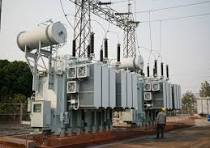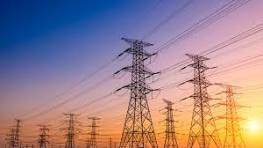Ukraine Boosts EU Electricity Imports After Grid Attacks

November 04, 2025
Ukraine’s imports of electricity from the European Union surged to a 2025 high in October as Russia intensified attacks on the power grid to wreak additional havoc as temperatures drop.

The Russia-Ukraine war on strategic energy assets has escalated in recent weeks, with Russia targeting gas facilities and power infrastructure in Ukraine, and Ukraine increasing drone strikes on Russian refineries and key export hubs.
As the autumn brought lower temperatures, Russia escalated attacks on Ukraine’s grid, causing blackouts and killing people in a sign that Putin doesn’t plan to end his campaign and sit for peace talks soon.
In the middle of October, Ukraine was forced to impose emergency blackouts in most regions amid increased attacks on its grid from Russian air strikes.
As a result of these Russian attacks, Ukraine’s electricity imports – mostly from Poland and Hungary – surged in October to 360 megawatt-hours (MWh), the highest so far this year, according to Ukrainian consultancy ExPro cited by Reuters.
To compare, Ukraine’s power imports were 140 Mwh in September and 264 MWh in August.

Ukraine can import up to 2,100 MW per hour of electricity from EU states at the same time.
Ukraine currently uses between 30% and 50% of this capacity, Vitalii Zaichenko, the head of the power grid operator, Ukrenergo, said on Tuesday.
“There is a possibility for import and it is significant,” Reuters quoted Zaichenko as saying on national television.
Last month’s massive Russian attacks on energy infrastructure in the Poltava and Kharkiv regions in Ukraine also reportedly forced the shutdown of about 60% of the Ukrainian natural gas production.
With more than half of its domestic gas production offline ahead of the winter, Ukraine will be forced to spend a lot more on natural gas imports to meet winter heating and power demand.
Ukraine’s Prime Minister Yulia Svyrydenko said on Tuesday that the cabinet discussed with the energy companies “increasing imports of energy resources; scaling up generation, including distributed generation, and the needs for rapid restoration and repairs after damage.”
Oilprice.com…except images






